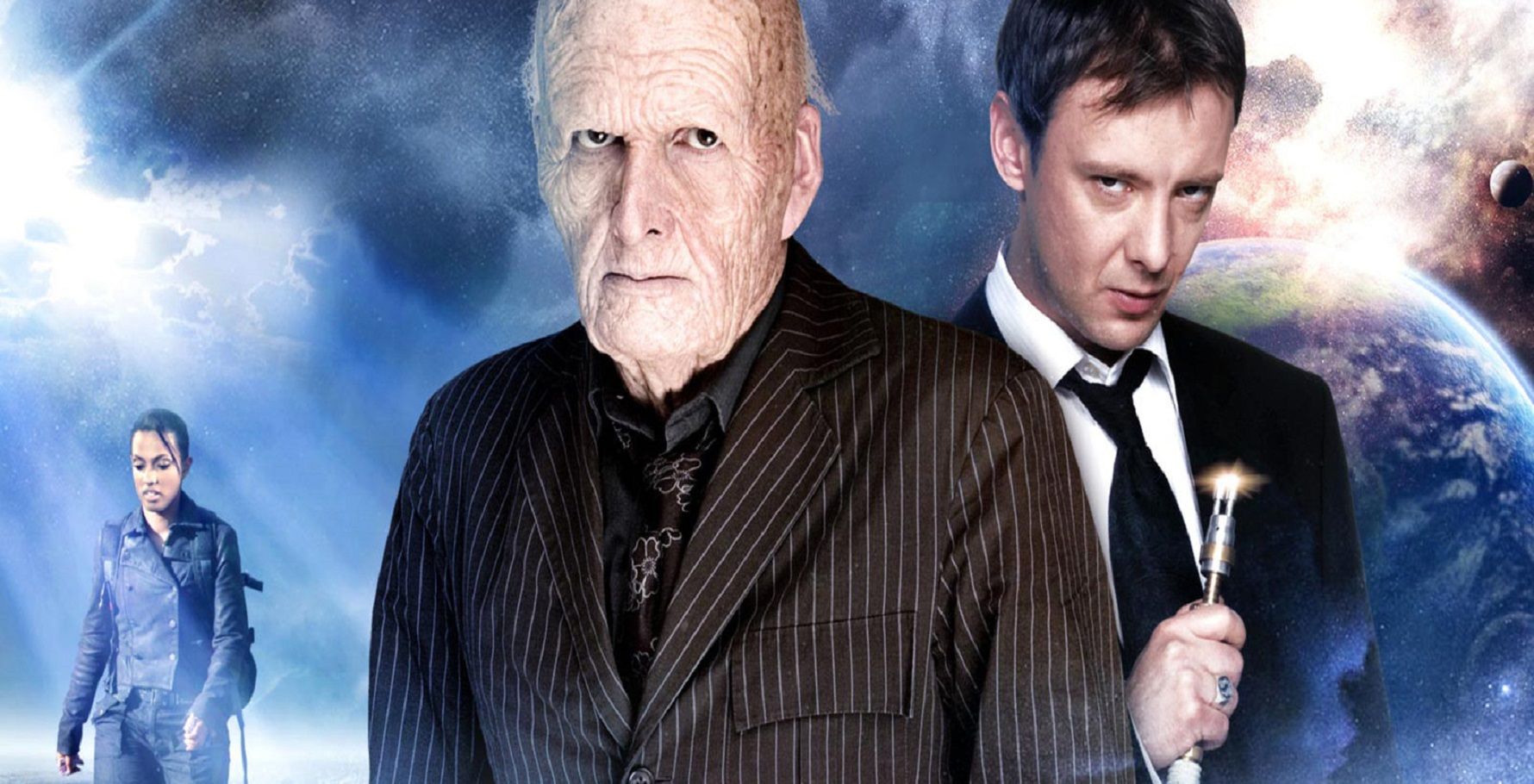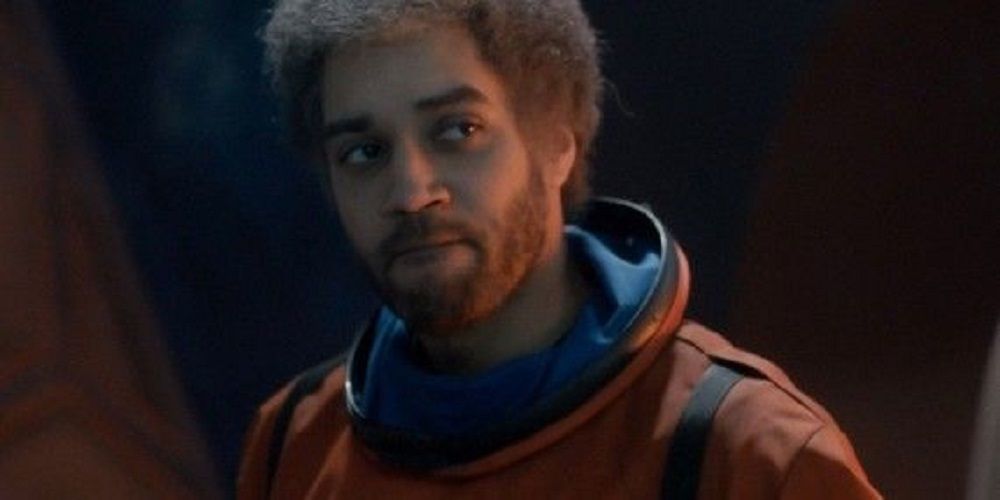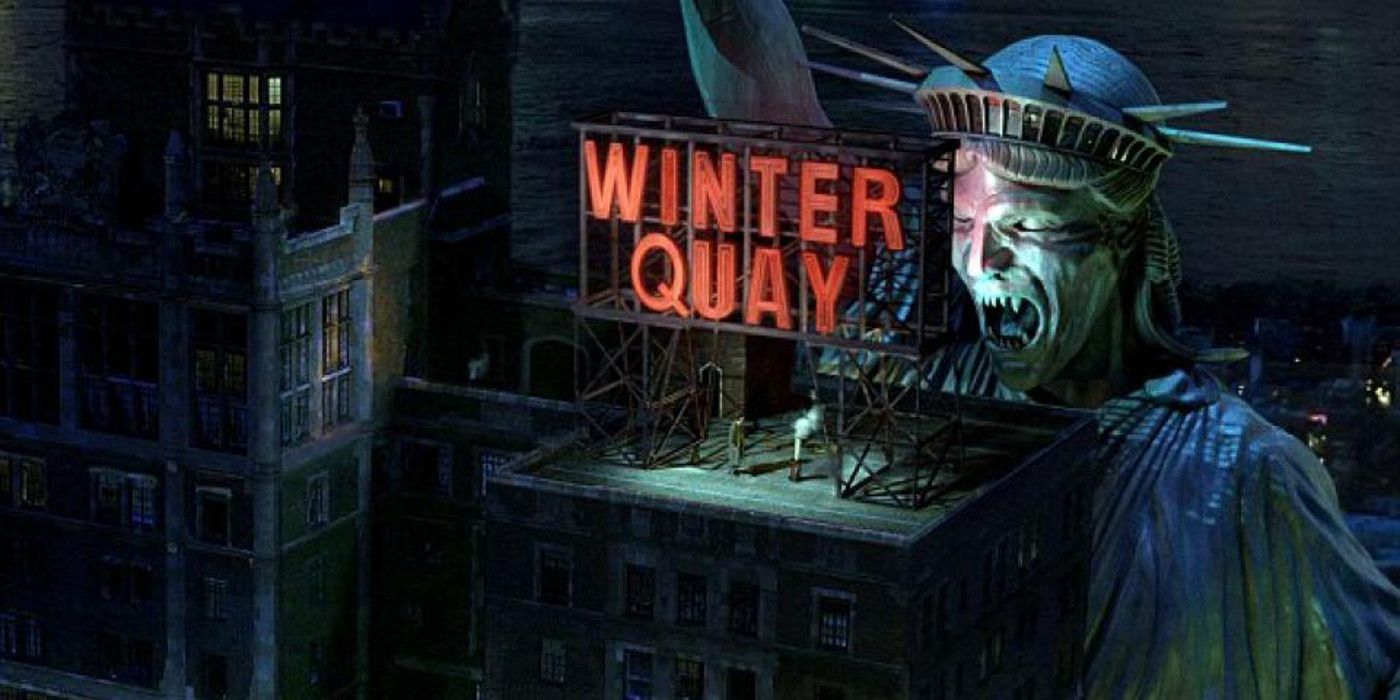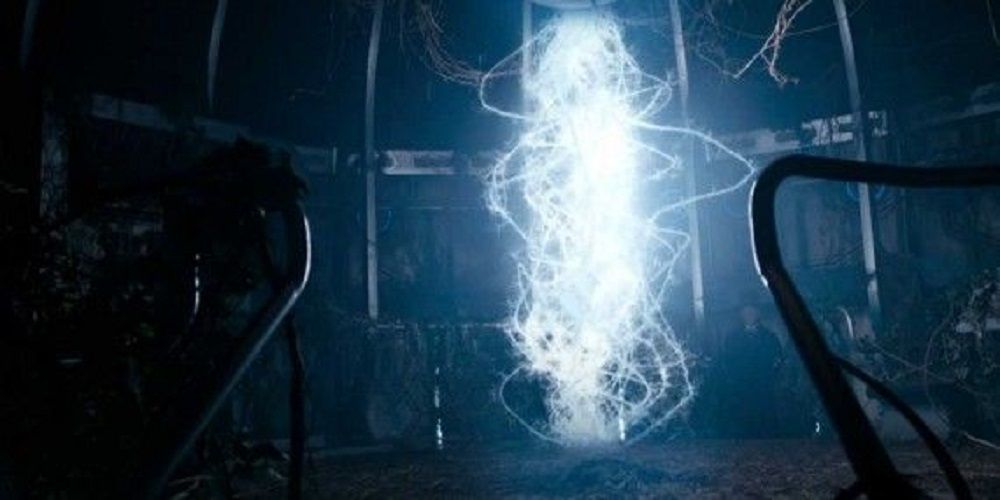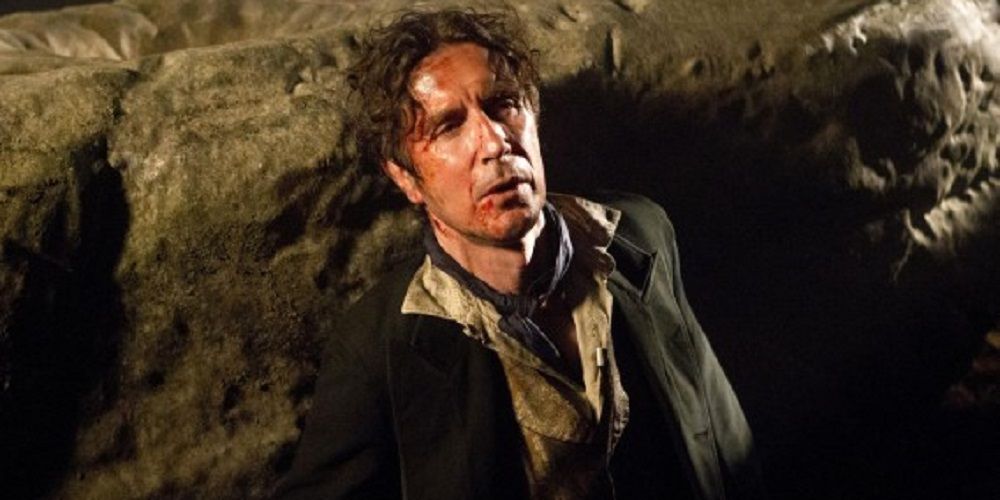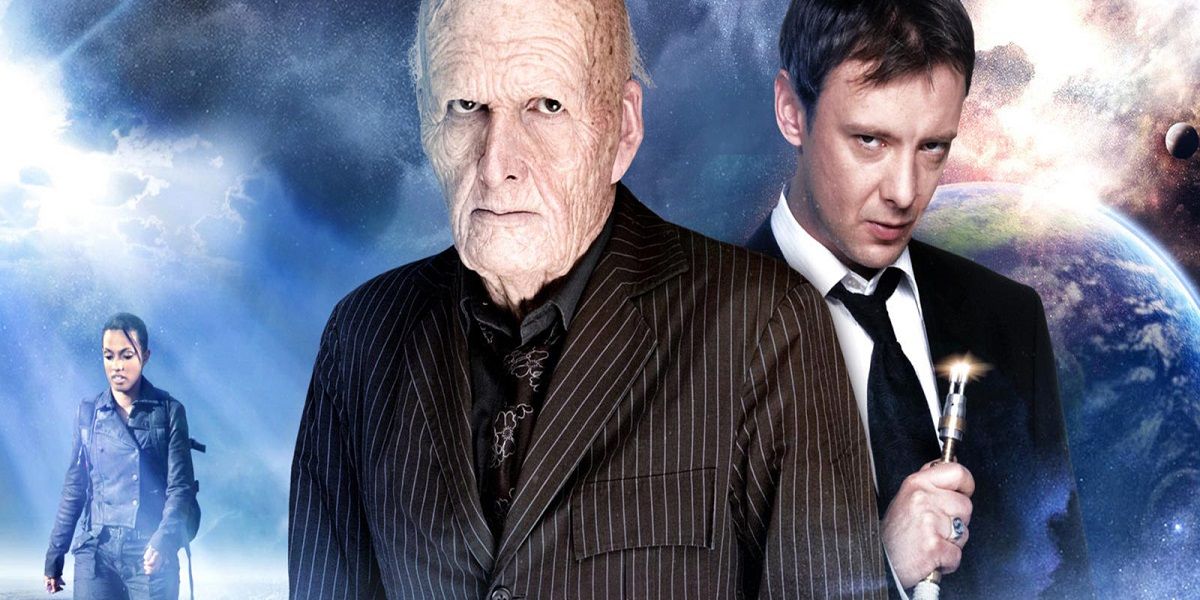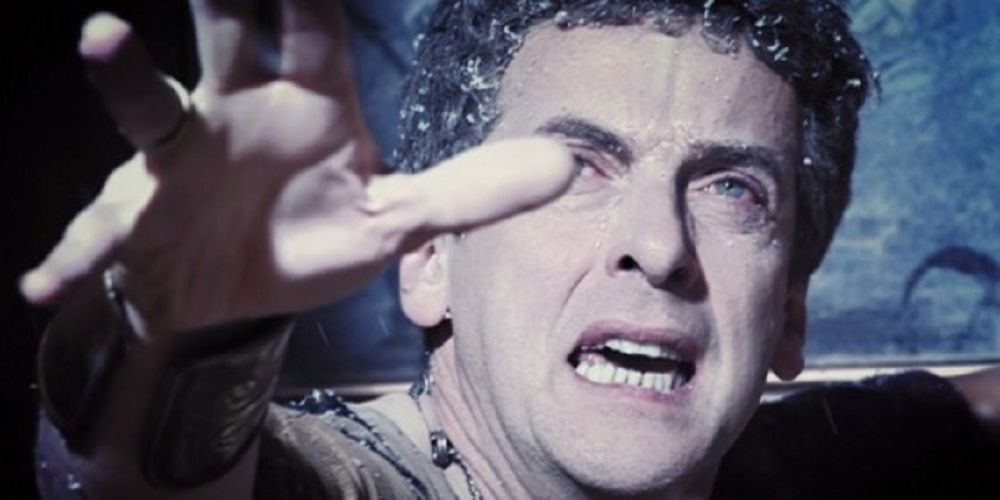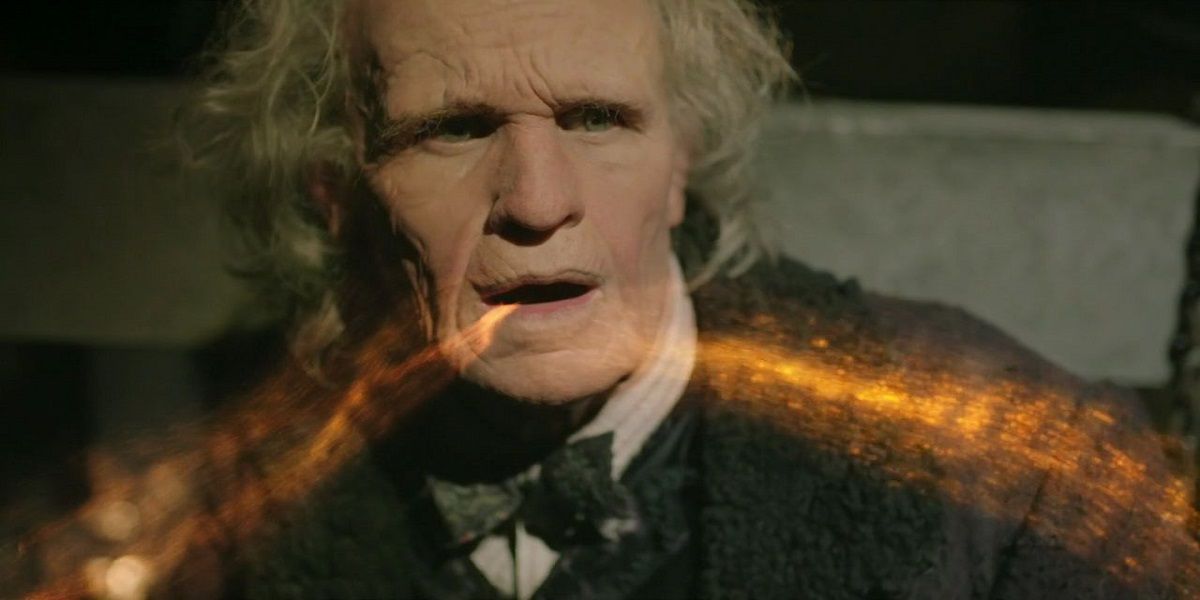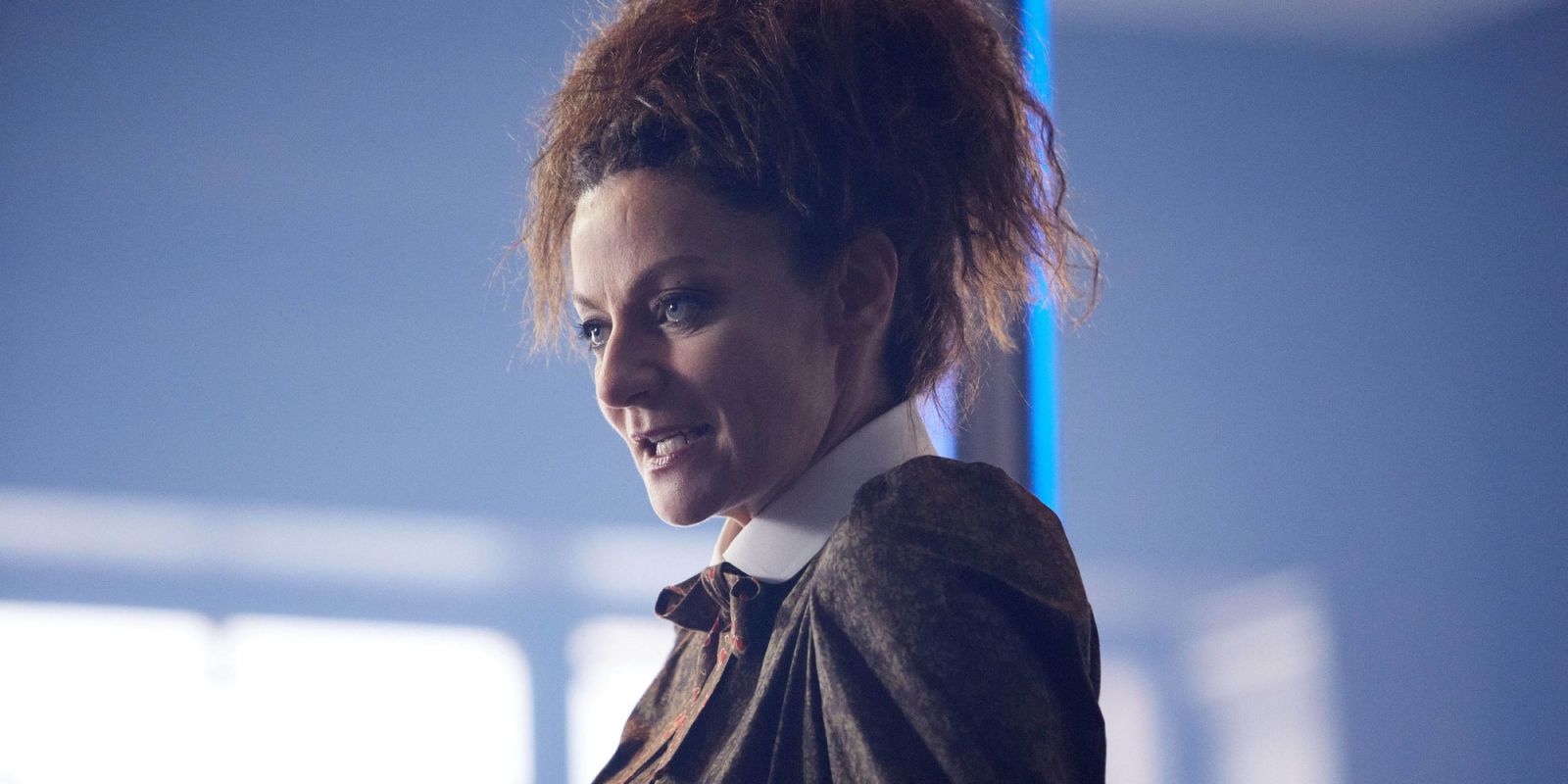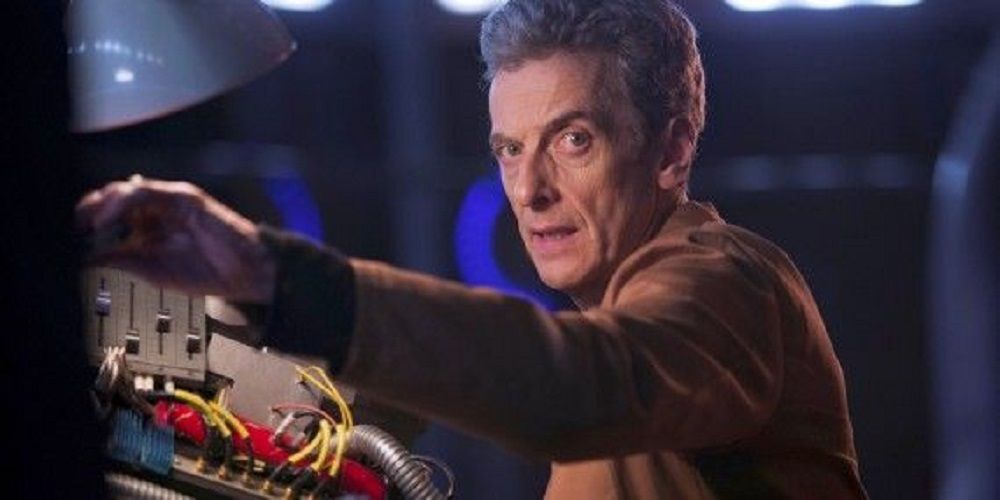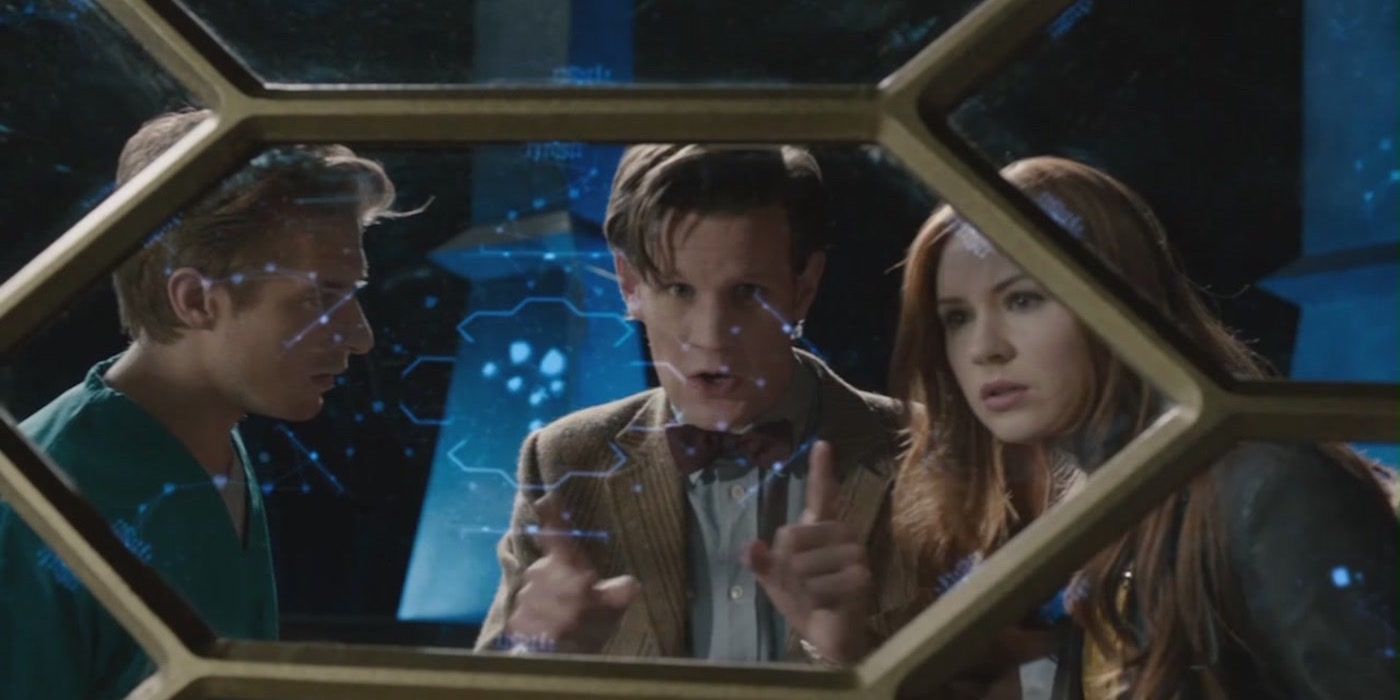Doctor Who has been running for over fifty years. Throughout the Time Lord's adventures through time and space, planets and people have constantly been saved. But, over such a long period, through multiple writers, TV execs, and more, some things have gotten a little muddled.
With so many creators taking on the series, there were bound to be plot holes all over the place. It just happens when shows reach a certain age. Still, that doesn't make them any less confusing. Looking back over the history of the series, here are ten things that just don't really make any sense about Doctor Who.
Orson Pink
Before we get into some of the overarching issues with the series, there are a few major specific plot holes that need to be addressed. The first appears in the eighth season of Doctor Who. In the Steven Moffat-penned episode "Listen," the Doctor and Clara travel to the end of the universe and meet up with an individual named Orson Pink.
It can be inferred that he is the distant relative of both Clara and her prospective boyfriend Danny. Sadly, this is completely impossible, considering the events at the end of the season. Danny unfortunately dies (twice) in the finale. This means that none of Orson's existence would make any sense.
The Statue Of Liberty
"The Angels Take Manhattan" is one of the most emotional episodes of NuWho yet. The midseason finale saw the Ponds' demise at the hand of the Weeping Angels, leaving the Doctor without his beloved companions (and in-laws). One of the major foes of this episode though was none other than Lady Liberty herself.
The Statue of Liberty is revealed to be a Weeping Angel, who appears twice in the episode right next to the Winter Quay. This doesn't make an ounce of sense. The essential rule for Weeping Angels remains the fact that they cannot move if anyone sees them. There is absolutely no way that the Statue of Liberty could traverse through New York without anyone else seeing it. Just imagine the news reports!
The Doctor's Grave On Trenzlore
Orson Pink is just one example of a series finale contradicting a previous episode. The same thing happened again between "The Name of The Doctor" and "The Time of The Doctor." In "The Name of The Doctor," the TARDIS was shown to have grown to its rightful size as the final resting place of the Doctor. Here, his timestream remained as a gateway to his life.
This would only be here if the battle of Trenzalore ended in his death, which it didn't. As shown, the Doctor escaped and had won the war, meaning that his grave would never end up there. This means his timestream never would have remained for Clara to jump into. Timey-wimey.
Is The Doctor Half-Human?
Throughout the entirety of the classic series, the Doctor was always considered a full-blown alien being. He had always come from Gallifrey and Gallifrey alone. But, with the introduction of the TV movie, it was established that the Doctor was half-human on his mother's side. This awkward bit of canon has now gone by the wayside.
Throughout side adventures in books and audio dramas, the idea keeps popping up, while the show refuses to give it credence. This bit of glaring canon material has now become an annoyance for many, as it would go against many other aspects of Who canon.
The Doctor Only Ages Sometimes
A common trope throughout the series has been to drastically age the doctor. In "Last of the Timelords" and "Time of the Doctor," the Doctor was shown to age progressively like a human. Yet, when the Doctor lives the same amount of time in other incarnations, he barely ages at all. For example, the Twelfth Doctor doesn't age whatsoever when he spends four and a half billion years in his confession dial.
The first doctor died of old age. The War Doctor first appears as a younger version of himself in "The Night of the Doctor," and yet is an old man in "The Day of the Doctor." The rules seem to be completely absent, even with the same showrunner.
Time Can't Be Changed, Except When It Can
Throughout the show, the Doctor makes a huge deal about fixed points in time. Certain moments, such as Pompeii or the Doctor's death in Utah, are seen as moments that have to go unchanged. No matter what, the Doctor cannot interfere with the proceedings. This is such an issue in Season One that there was an entire villain made up (the 'Reapers') to secure the rule.
Yet, every time it comes up, a different story appears to go against the rule. The Doctor saves the family at Pompeii (because that was apparently okay), he saves himself from Utah, and he saves Adelaide Brook in "The Waters of Mars." Everything matters in Doctor Who until it goes against where the show wants to go.
The Number Of Regenerations
In "The Time of the Doctor," the show seemed to attempt to fix a long-running issue regarding regeneration. Back in the era of classic Who, it was established that the Doctor could only have thirteen lives. The series attempted to fix this by having the Time Lords 'gift' the Doctor with more regenerations, but the series has contradicted this point before and after this event.
With the number of times they have gifted regenerations, the Doctor would have been met with this issue before their eleventh self. The Valeyard also should have appeared as the Doctor by this point as well, since he was predicted to have regenerated come the Doctor's twelfth or thirteenth life. Now we are onto the technically fifteenth iteration of the Doctor, with no Valeyard in sight.
How Does The Master Keep Popping Up?
The Master is one of the longest-running villains in the history of Doctor Who. From Roger Delgado to Michelle Gomez, the Master has continued to terrorize the Doctor and their friends, but the Master has also died multiple times, interrupting their regeneration sequence. They should never have reappeared as many times as they have.
Yet, time and time again, the Master appears. The Time War, a gunshot, and Rassilon himself couldn't finish off the Master. Without explanation, they keep appearing, coming up with schemes upon schemes to annoy the Doctor.
What Causes Regenerations To Look Like Other People?
One of the long-running mysteries of the series is how regeneration works. While Time Lords are instilled with the energy, no explanation has been given as to how the form is chosen. Another mystery is that, often, the process uses faces that the Doctor has seen before.
While the real-life issue is casting, the show has barely attempted to explain the matter. Colin Baker and Peter Capaldi both made appearances in the series previous to their tenures as the titular Time Lord. Capaldi's series claimed it would explain his previous appearance, but never explicitly stated how he has appeared, only why.
The Function Of The Sonic Screwdriver
The biggest contrivance regarding the logic of the series, though, is related to the Doctor's tool of choice: The Sonic Screwdriver. A major point of annoyance regarding the tool, though, is the lack of clarity on its limits, and the tendency to use it as a deus ex machina.
Multiple episodes have seen the tool used to fix just about anything it comes across. Even the rule that it can't be used on wood was subverted in "The Day of the Doctor," when the three Time Lords attempted to use it on a wooden door. Limitations need to be made so that the tool can make an ounce of sense on the show.

